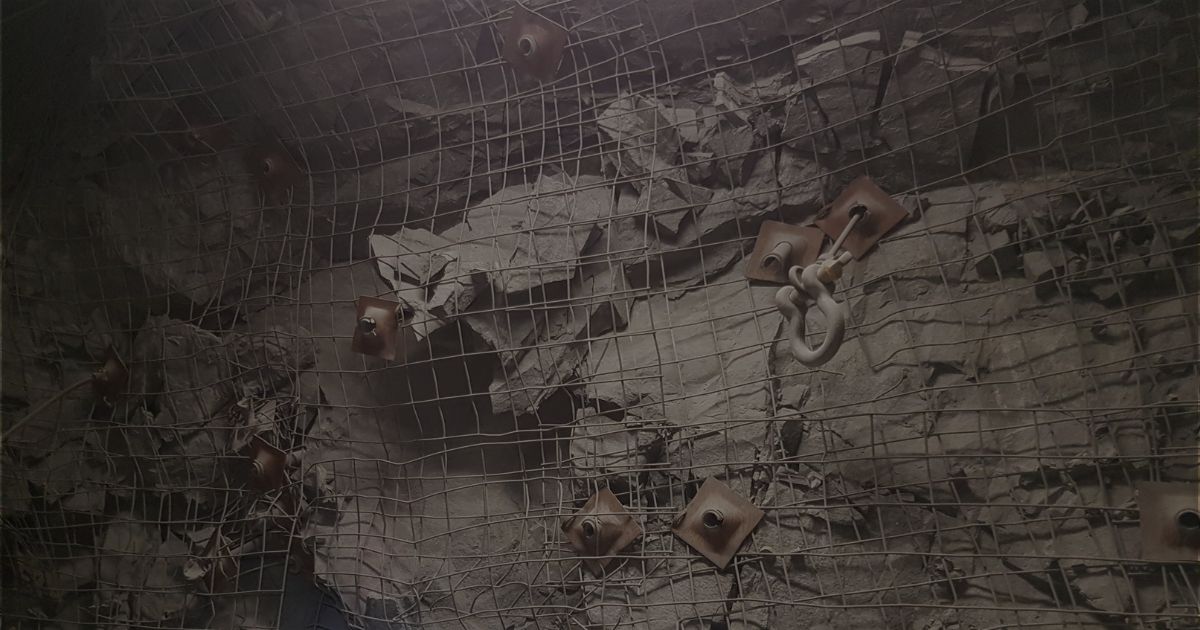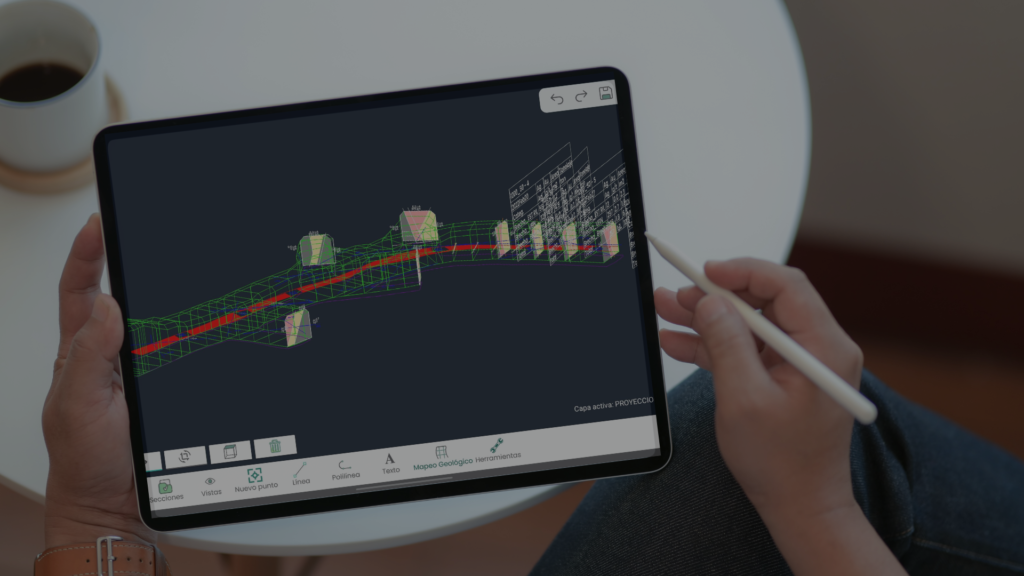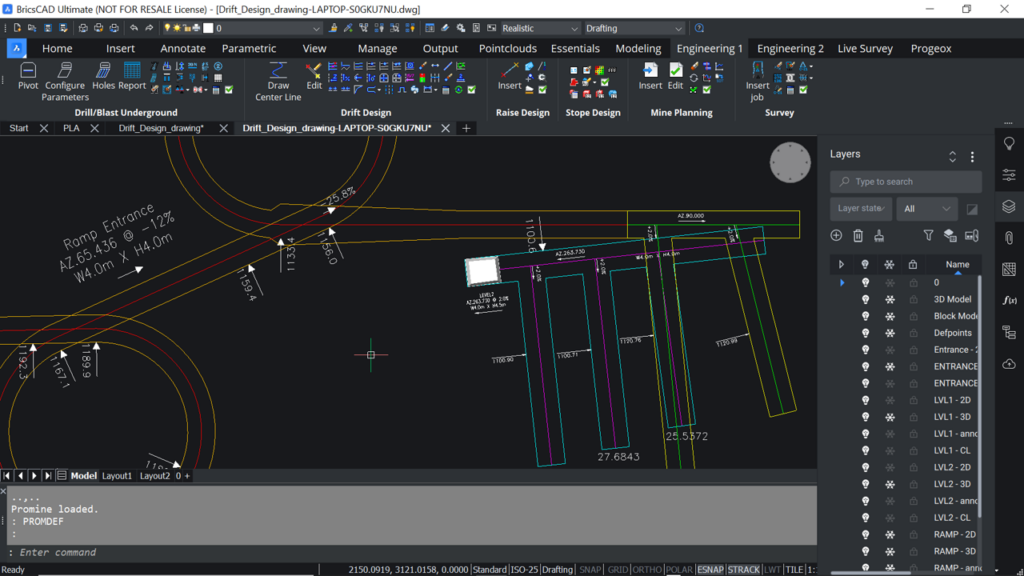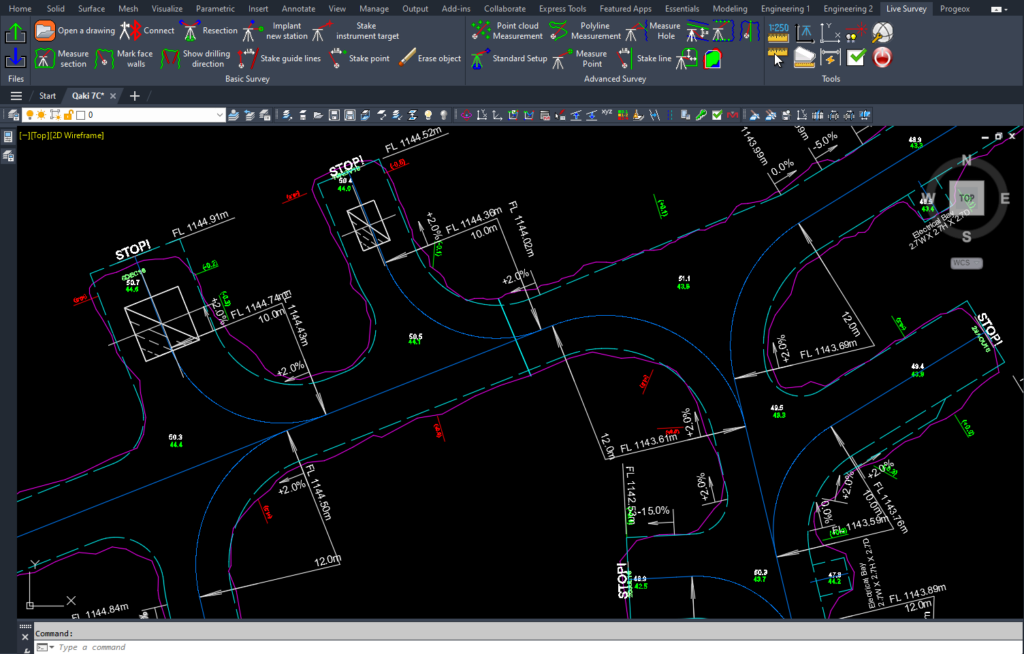Global trends indicate the expansion of mining in these last few months. The mining industry in Peru has registered an increase of +50.0% according to the latest statistics (National Statistics Institute of Peru, INEI) and given the increase in the gold price this brings a strong economic growth in different countries all over the Americas.
Mining has been a sector in Peru that contributes 14% to the country’s Gross Domestic Product and that provides a significant national economic support.
The current mining laws promote a balance between the mining activities and the conservation of the natural resources. However, most of the time the lack of responsibility from the state agencies limits the sustainable development of the country.
The commission for sustainable mining development provides public policies to highlight the benefits of renewable energy within mining activities in Peru and has identified five core components that make a sustainable country: social environment, citizenship, diversity and territory, environmental management, regulatory improvement, tax contribution and use of mining resources, and informal and illegal mining.
Regarding the environmental impacts and usage of renewable energies there is still some work that can be done. Especially for the carbon footprint that mining leaves behind during mining development. The mining industry consumes already 56% or the national energy production in Peru and the use of these environmentally friendly energies are an attractive option for mining companies in the last few years.
There have been improvements in the renewable energies sector that have been done mostly in developed countries and mining companies benefit of the new technologies which make mining more sustainable.
The international council on Mining and Minerals (ICMM) suggests the use of renewable energies and Peru’s renewable energies represent only 4.8% of national production. Peru’s natural renewable resources have not been developed to its maximum potential (solar potential and wind speeds).
Today’s renewable energies also depends on the impulse of the private sectors that indirectly contribute to energy decarbonization. Some mining companies already incorporated solar and wind solutions to provide energy to their mining activities. The inclusion of this type of clean energy can also bring a community benefit because of the infrastructure developed in the mining areas.
Mining could have adverse effects on the living conditions of people through the impact on land and water resources. These effects increase the uncertainty of mining concessions, as well as the misinterpretation of information received in the social entities which could obstruct the exploration in remote areas.
The sustainability of the country highly depends on the social institutions created to manage relationships between mining, natural resources and the communities directly affected.
Some changes have been generated in different sectors but there are also challenges for local governments mostly related to social conflict. Institutions can be more effective and create progress that will foster the economic growth of the country.
References:
Institutional Challenges For Mining and Sustainability in Peru
Anthony Bebbington-Jeffrey Bury – https://www.pnas.org/content/106/41/17296
A Sustainable Approach To Mining in Peru
Sector Minero De Perú Se Dispara 82% En Mayo – .:: Minería En Línea





